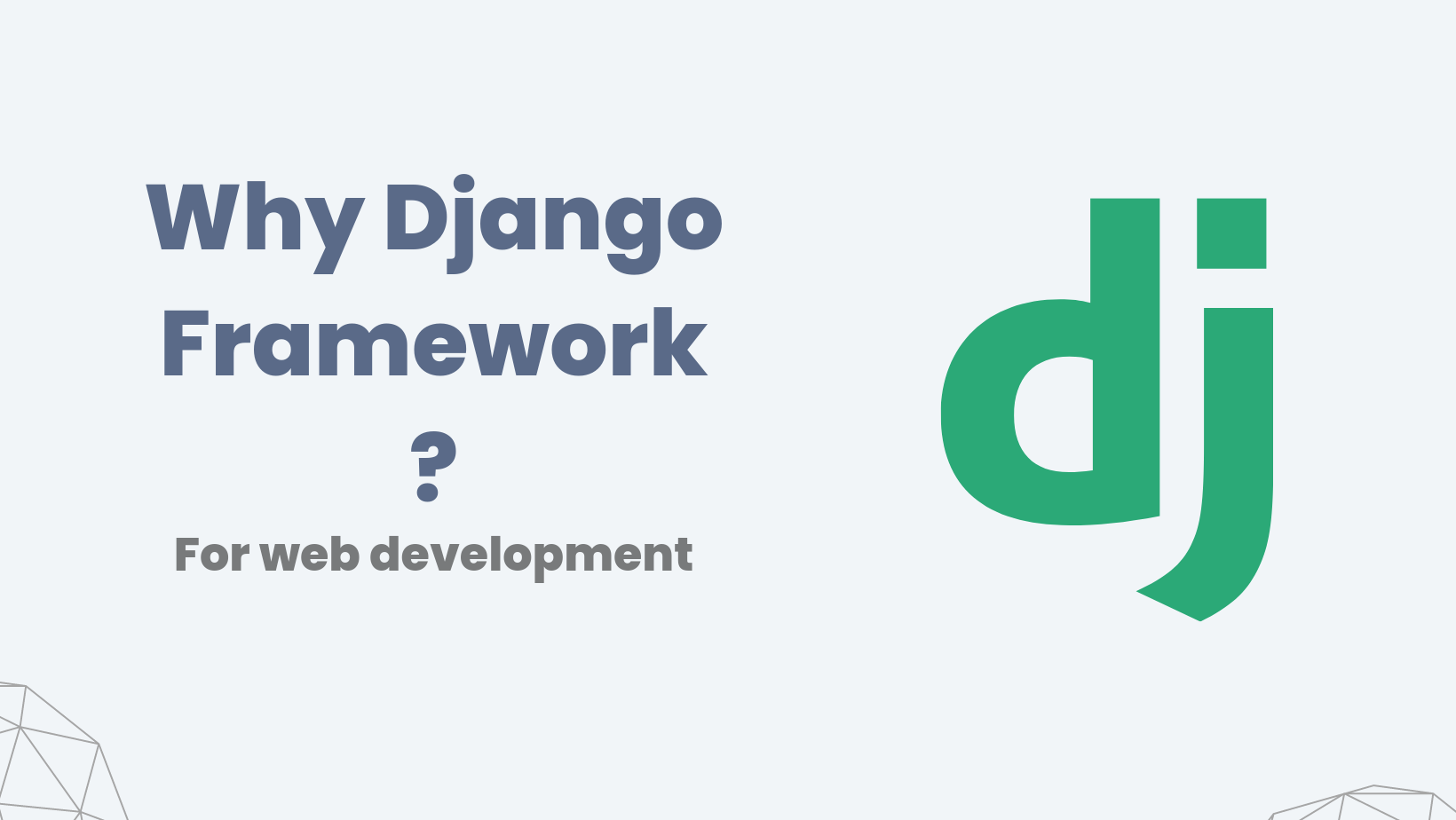Buzz Haven: Your Source for Trending Insights
Stay updated with the latest buzz in news, trends, and lifestyle.
Django Development: Where the Magic Happens
Unlock the secrets of Django development! Discover tips, tricks, and insights where the magic truly happens. Dive in now!
Getting Started with Django: A Beginner's Guide
If you're looking to build robust web applications quickly, Django is the perfect framework for you. Known for its simplicity and elegance, Django provides an extensive library of features that facilitates rapid development. To get started, you'll need to install Django on your local machine, which can be done using pip, the package installer for Python. Once installed, initialize a new Django project by running django-admin startproject myproject in your terminal. This command creates a new directory with the necessary Django files and configurations, setting you on the path to developing your first application.
After creating your project, the next step involves setting up your first app. In Django, an app is a self-contained module that encapsulates specific functionality. To create an app, run python manage.py startapp myapp. You'll then define your models, views, and templates, which lay the foundation of your application. Don't forget to update your project's settings.py file to include your new app in the INSTALLED_APPS list. With these steps, you're well on your way to mastering Django and building powerful web applications!

Top 5 Django Best Practices for Efficient Development
Django is a powerful web framework that allows developers to build robust applications efficiently. To ensure optimal performance and maintainability in your projects, following best practices is essential. Here are the Top 5 Django Best Practices for efficient development:
- Use Virtual Environments: Always create a separate virtual environment for each Django project. This helps manage dependencies effectively and avoids conflicts between packages.
- Keep Settings Modular: Organize your settings into different modules for different environments (development, staging, production). This strategy enhances security and simplifies configuration management.
- Follow DRY Principle: Embrace the 'Don't Repeat Yourself' principle by creating reusable apps and libraries. This not only saves time but also makes your code cleaner and easier to maintain.
- Utilize Django's Built-in Admin Interface: Leverage Django's robust admin interface to manage your application data efficiently. Customizing it according to your needs can significantly enhance your productivity.
- Write Unit Tests: Invest time in writing unit tests for your applications. Testing ensures that your code is functioning correctly and prevents future issues from arising as you add new features.
How Does Django Handle Database Management?
Django, a high-level Python web framework, simplifies database management through its powerful Object-Relational Mapping (ORM) system. This allows developers to interact with databases using Python code instead of writing complex SQL queries. With Django's ORM, you can define your data models as Python classes, and Django automatically translates these models into database tables. This abstraction layer not only speeds up development but also makes it easier to switch between different database backends, such as PostgreSQL, MySQL, or SQLite, without altering the core application code.
Moreover, Django provides a comprehensive set of tools for database management tasks, including migrations, which are crucial for version control of database schemas. Migrations allow developers to evolve their database schema over time by adding or modifying tables and fields with simple commands. This feature significantly reduces the risk of errors during database updates and ensures that changes are seamlessly applied in a structured manner. With its built-in admin interface, Django also makes it easy to manage database records visually, enhancing productivity for developers and administrators alike.